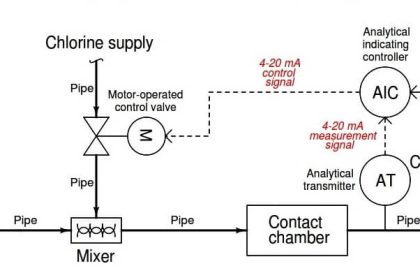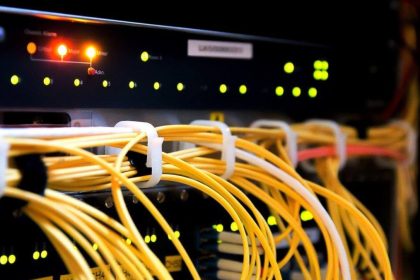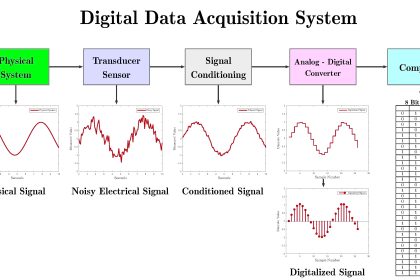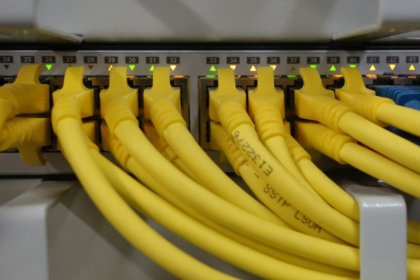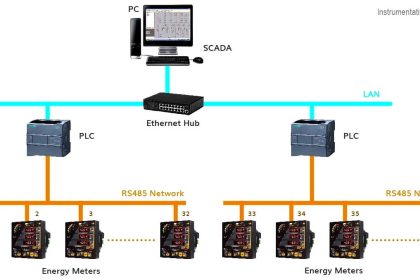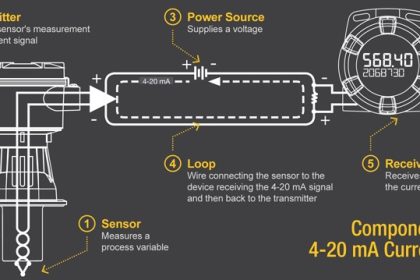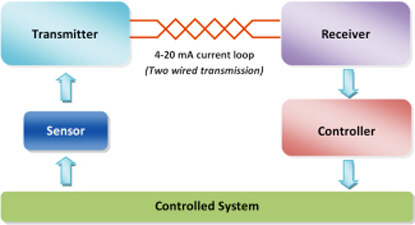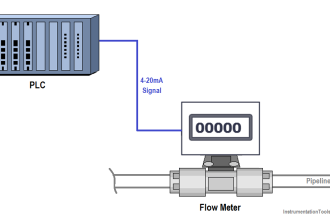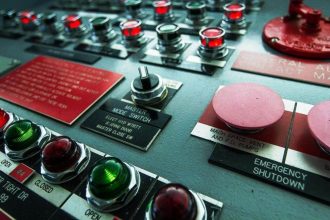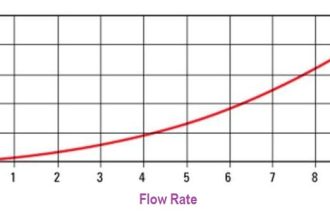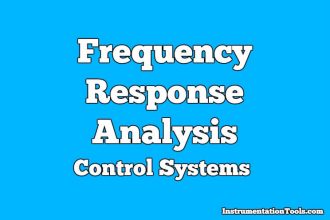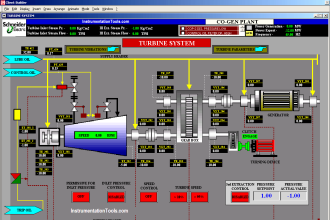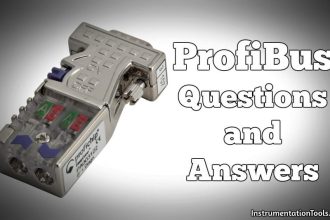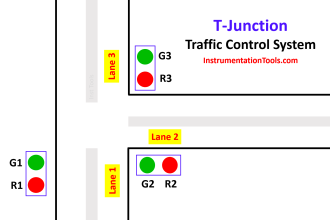Industrial automation is used in many applications for automatically controlling a process without human intervention. Basically, it comprises various machines and devices which are coded by a programmer, and once the coding is downloaded in the respective processors, the task is automatically executed by them based on the inputs and outputs received from the field.
In this way, without the need for a human to monitor and execute a process, automatic machines can do the job efficiently and reliably. When you are using industrial automation, two types of that are used – discrete and process.
In this article, we will learn the concept of process automation.
Process
When you hear the term process, it would be confusing for a newcomer, because automation always automates a process. But if you go in deep, process automation has a different meaning.
Industries utilize process automation to efficiently control plant processes through the implementation of automation technology.
Simple Automation Example
Let us understand this by a simple example. You have installed a pumping system in your building. The role of the pumping system is to control the pressure of water to be supplied to the building. It has three main components – a pump, a valve, and a pressure transmitter. The valve is present before the pump and the pressure transmitter is installed after the pump.
When the pump starts, the water will flow through it and the pressure transmitter will sense the pressure of water flowing. This feedback will be given to the controller continuously and the controller will vary the speed of the pump accordingly; to maintain a desired set point. This type of automation is not producing something but controlling something. This is called process automation.
Process Automation
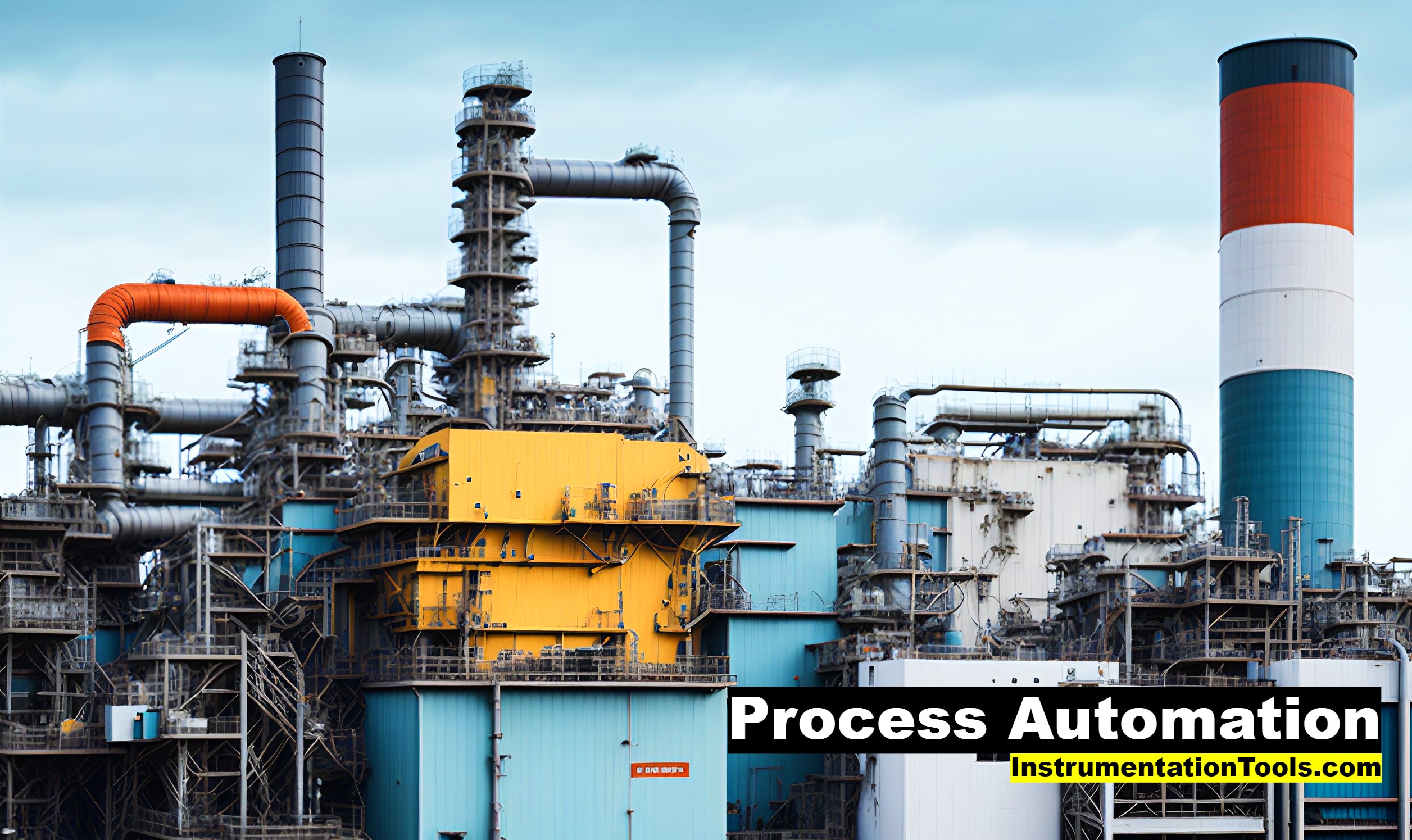
Process automation is a type of automation where the automatic task done by a controller is intended to just control the variable or process at desired levels. Other examples are air controllers, oil refineries, chemical industries, etc.
Basically, any task in an industry where automation will be used to control a process that can then be further used for another process is called process automation. If a variable is maintained at the desired level, then this type of accurate control output can be given to some other further process for using it.
For example, if in a boiler, steam is controlled at desired temperature; this steam will be used further for heating a process or providing utility to other processes where heating is required. If this incoming steam temperature is not controlled, then it is of no use; as this uncontrolled steam temperature can hamper a process further.
If you compare it with discrete automation, then you can understand process automation more easily. Discrete automation is also called machine automation. It deals in automating processes that manufacture something and is directly related to production.
For example, if you use a process for manufacturing bottles, these bottles can be counted on how much they have been produced. Anything which is countable in an automation process is called discrete automation. So, discrete automation relates to producing something countable, whereas process automation relates to controlling something usable further.
Process automation can too work continuously and have many aspects in it working together for controlling the whole plant. If multiple processes are combined with a single controller, then the whole process of controlling takes process automation to the very next level.
Read Next:
- PLC Troubleshooting
- Solenoid Troubleshooting
- Pressure Switch Questions
- Basics of Air Handling Unit
- Introduction to Control System
